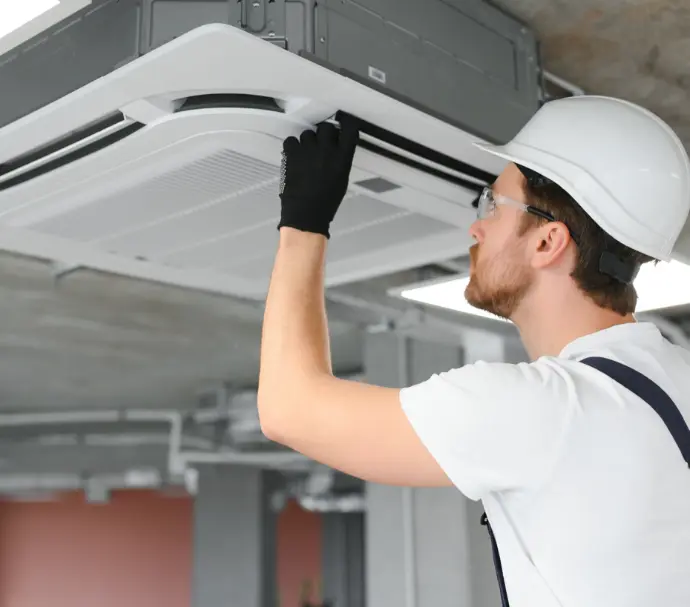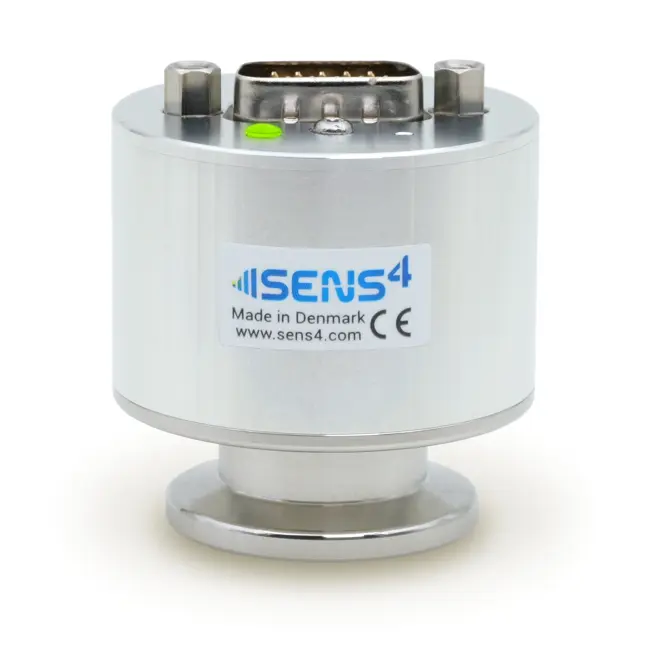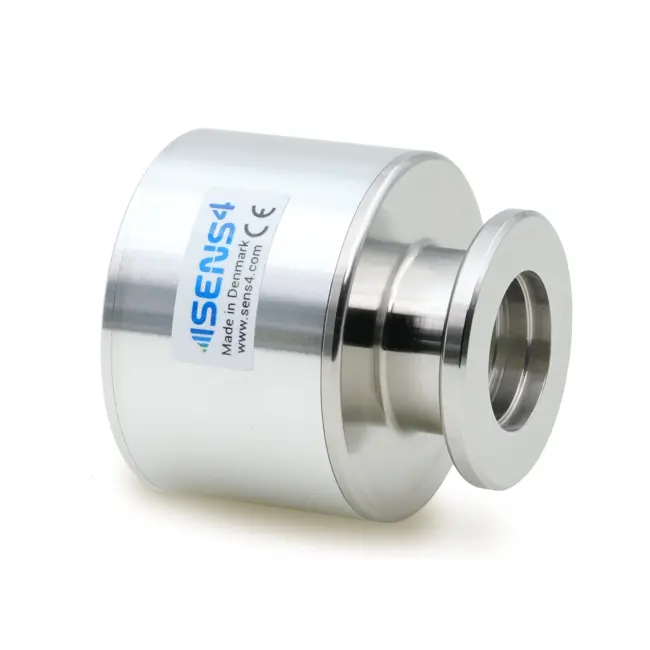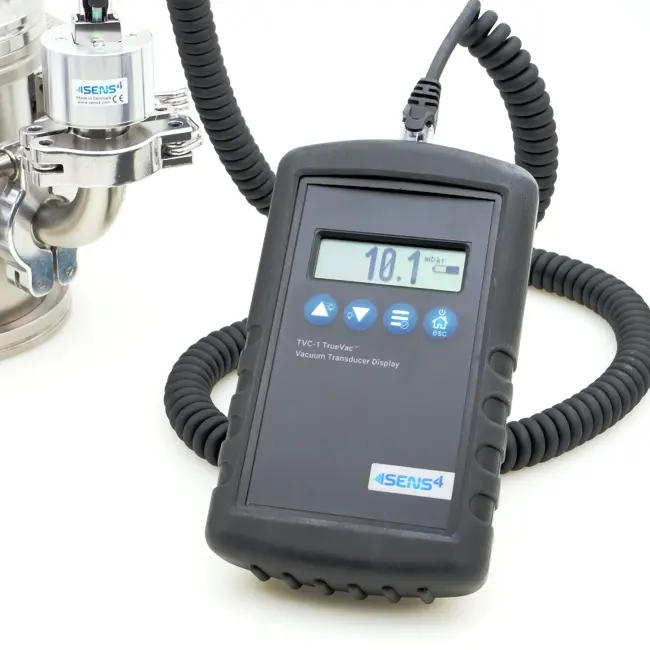
Heating, Ventilation, and Air Conditioning
How Vacuum Technology is utilized in HVAC industry.
Vacuum technology plays a vital role in HVAC (Heating, Ventilation, and Air Conditioning) systems, ensuring optimal performance, energy efficiency, and long-term reliability. Proper vacuum practices are essential during system installation, maintenance, and repair, as they help eliminate unwanted contaminants like air, moisture, and non-condensable gases that can compromise system efficiency.
Evacuating Refrigerant Lines
Before charging an HVAC system with refrigerant, the refrigerant lines must be evacuated to remove air, moisture, and non-condensable gases.
A vacuum pump is connected to the system to create a vacuum, ensuring the lines are clean and dry. Moisture in the system can freeze, causing blockages, or react with refrigerants to form acids, which damage components.
Leak Detection
A vacuum is created in the system to help detect leaks. If the vacuum cannot be maintained, it indicates the presence of a leak that needs to be located and repaired.
Improving System Efficiency
Removing air and moisture prevents inefficiencies caused by non-condensable gases, which reduce heat transfer performance and increase energy consumption.
Dehydration of the System
Vacuum pumps ensure thorough dehydration of the system after repairs or during initial installation. This step is critical because even trace amounts of moisture can lead to corrosion, ice formation, and operational issues.
Recovery and Recycling of Refrigerants
Vacuum pumps assist in the recovery and recycling of refrigerants during maintenance or decommissioning. This process prevents environmental damage and complies with regulations like the EPA’s refrigerant management rules.
Manufacturing of HVAC Components
Vacuum technology is used in the production of HVAC components, such as vacuum-sealed insulated panels or in processes like brazing and welding under vacuum conditions to ensure precision and quality.
Recommended Vacuum Gauges for HVAC
When manufacturing or performing in-field service, the evacuation of coolant supply lines in air conditioning systems is required before filling them with coolant.
Get in touch with the Sens4 team for more information
We highly appreciate questions, feedback, and customer dialogue.



